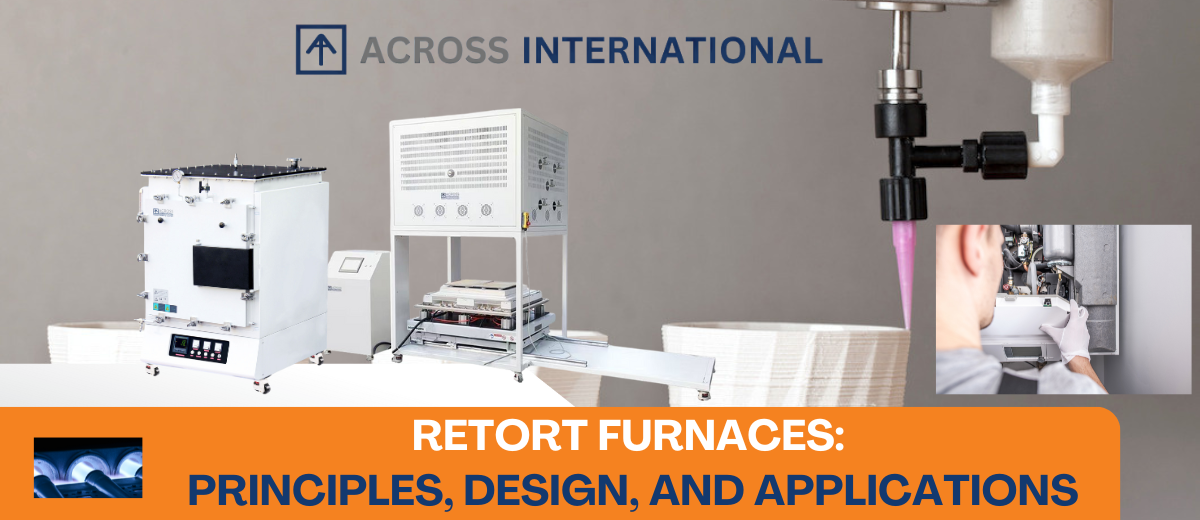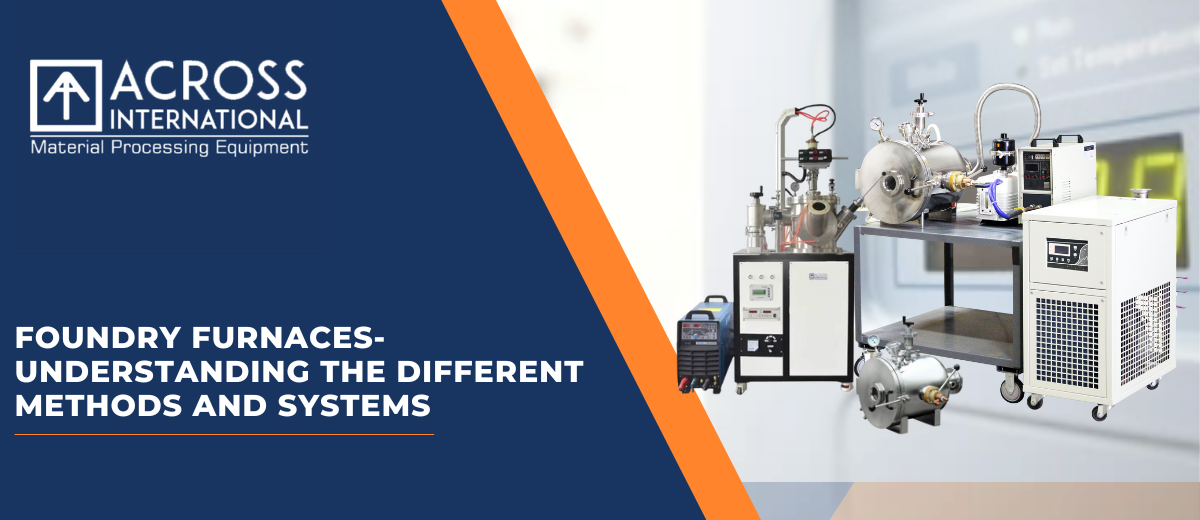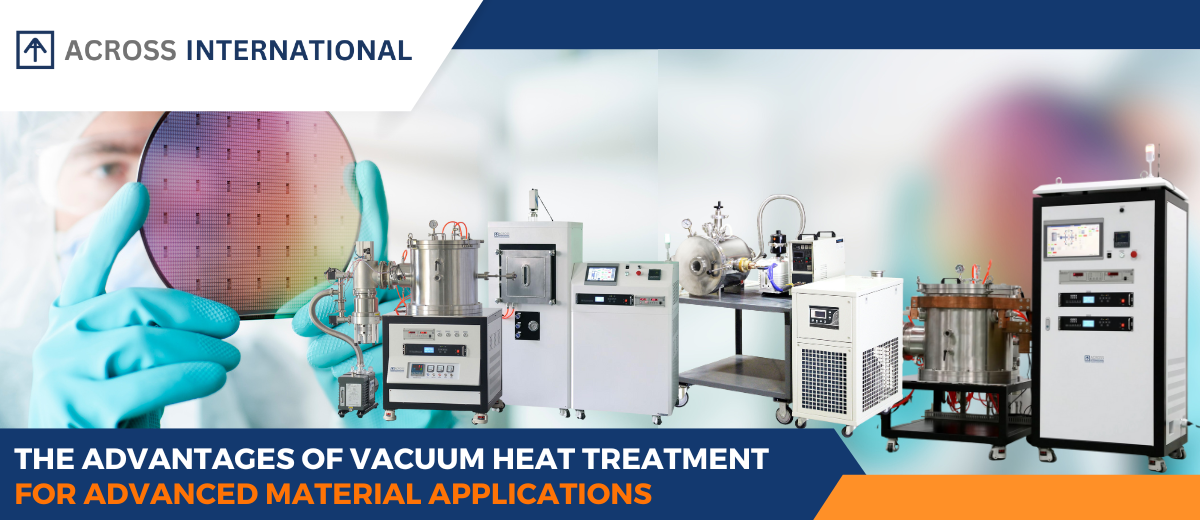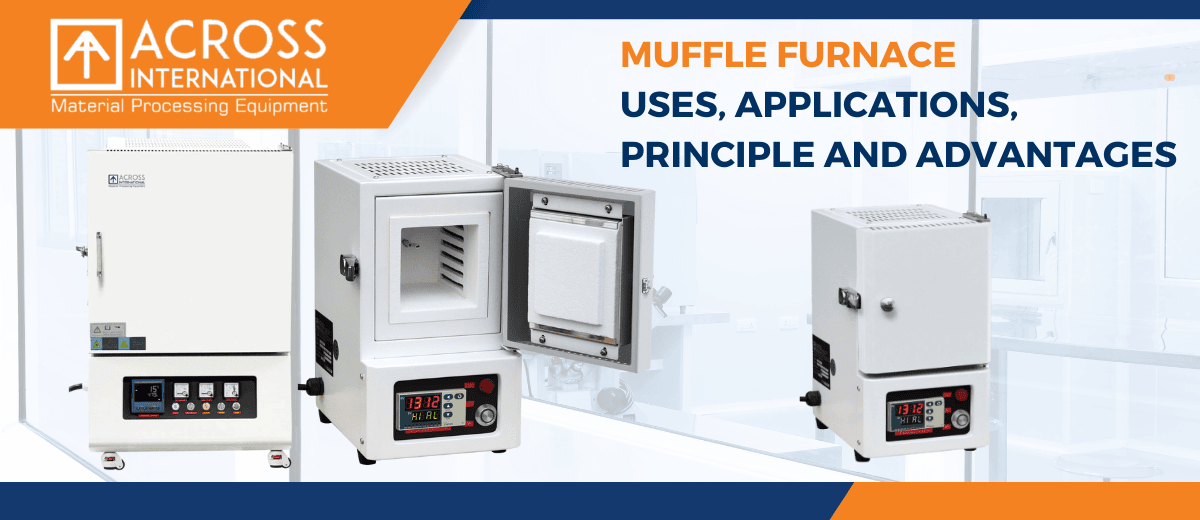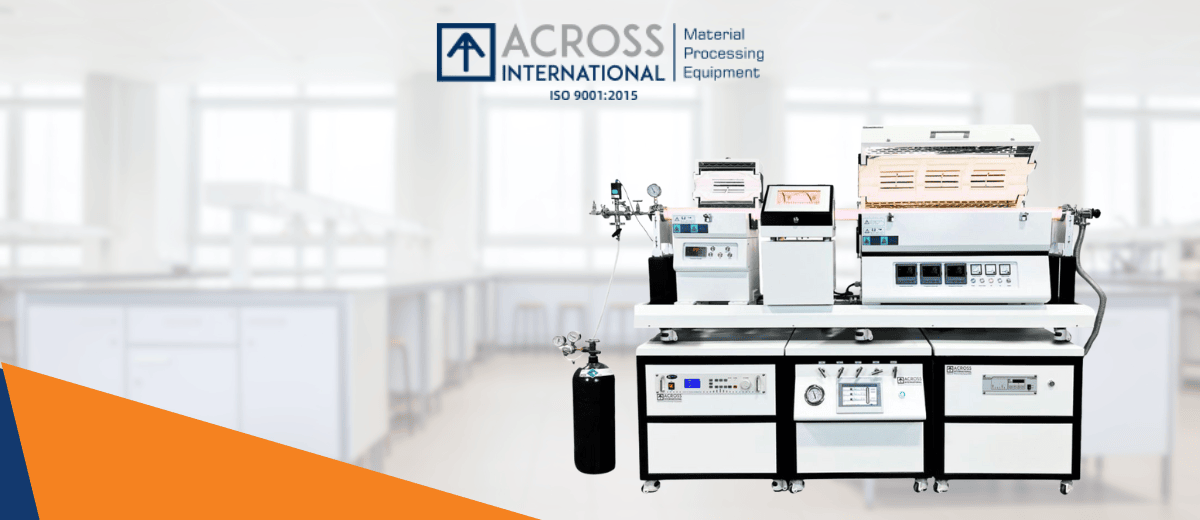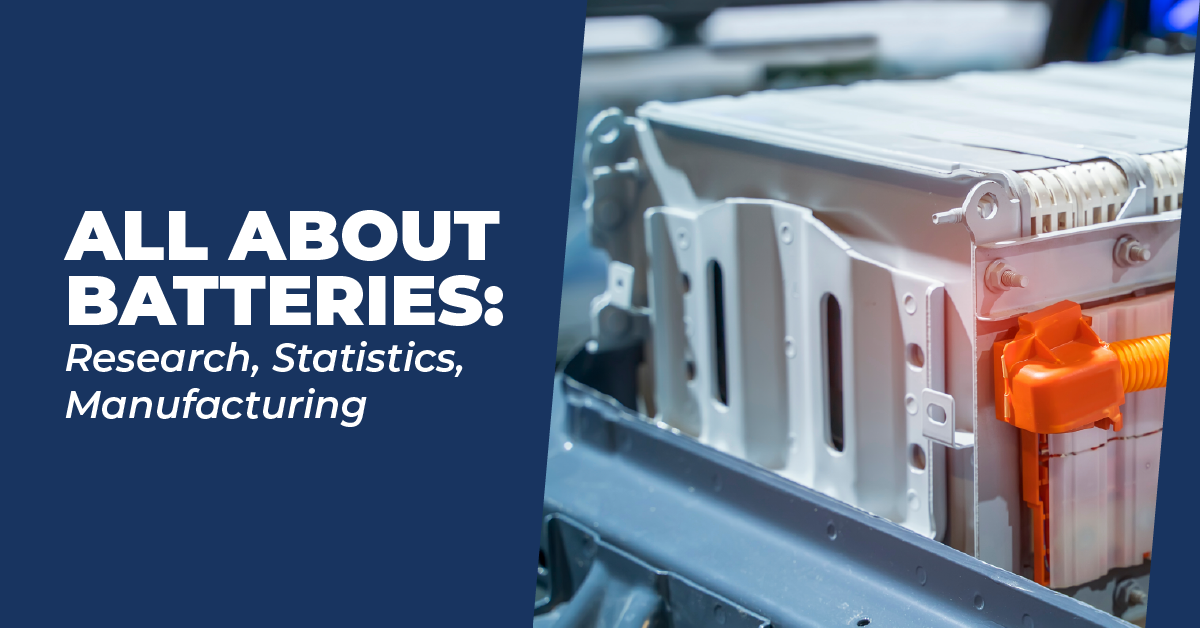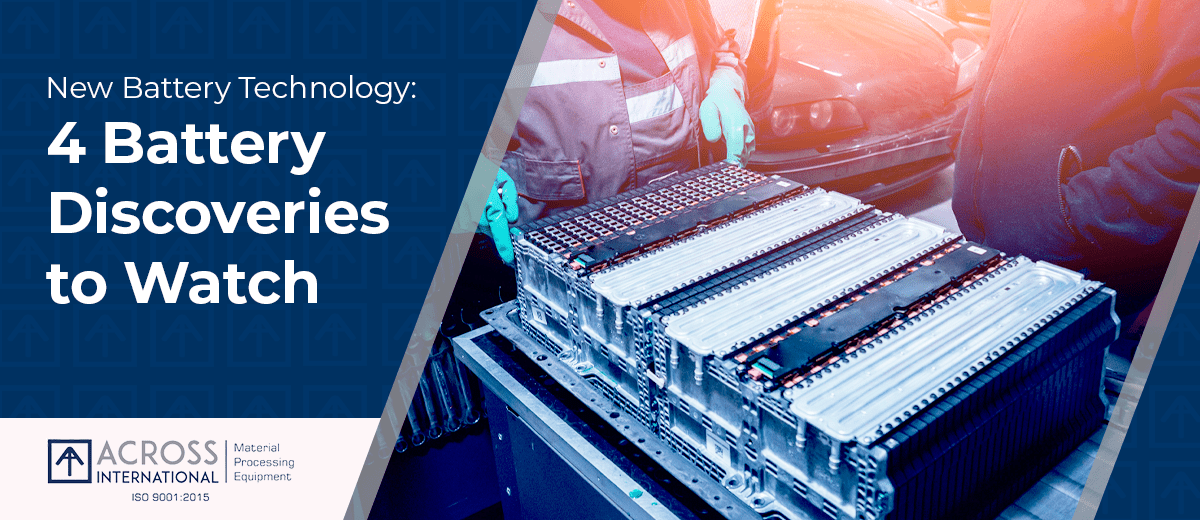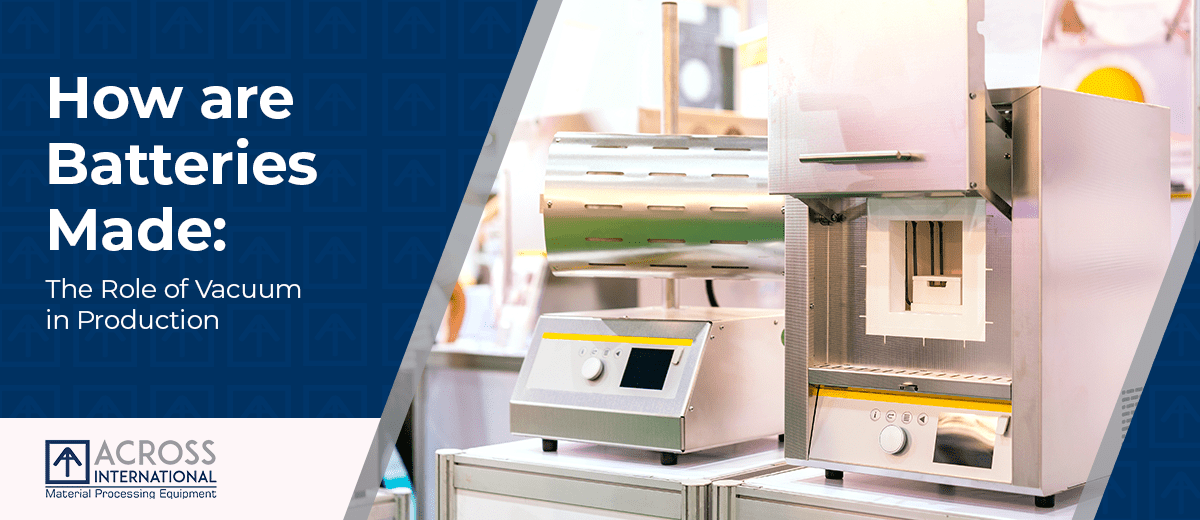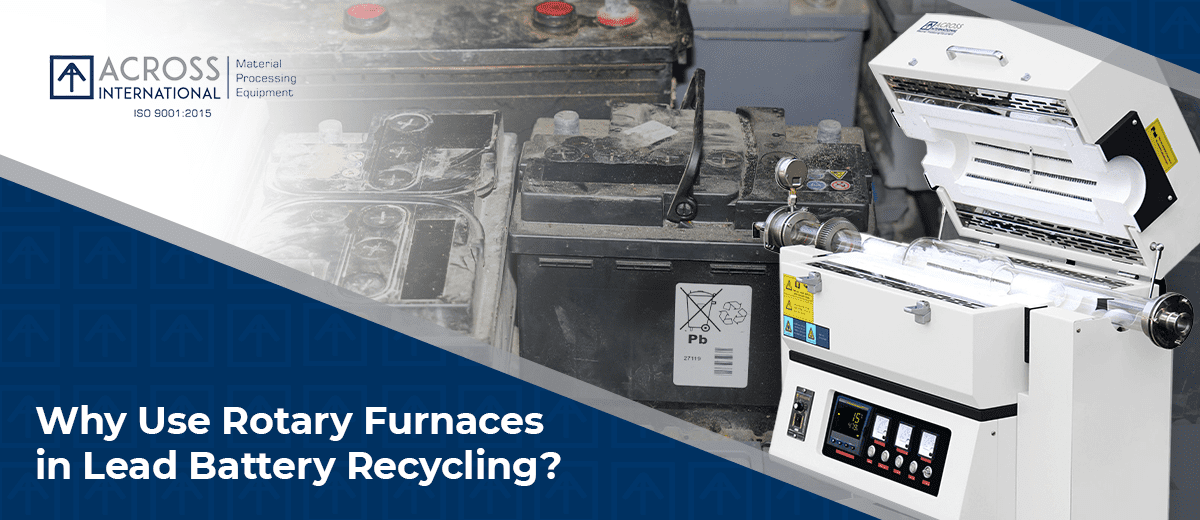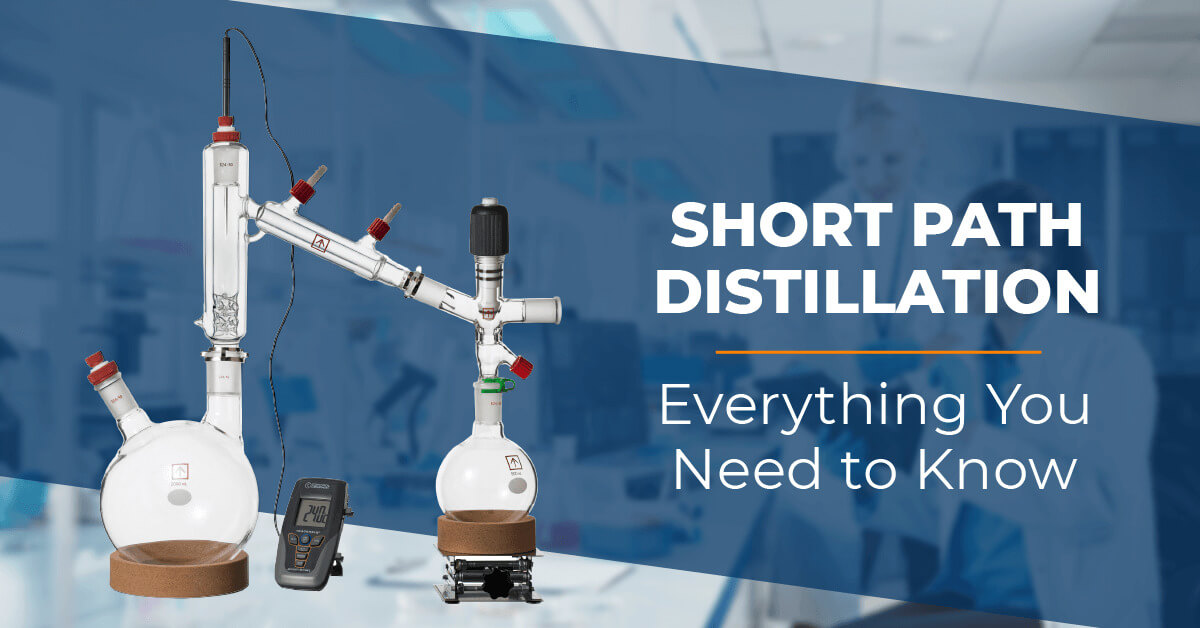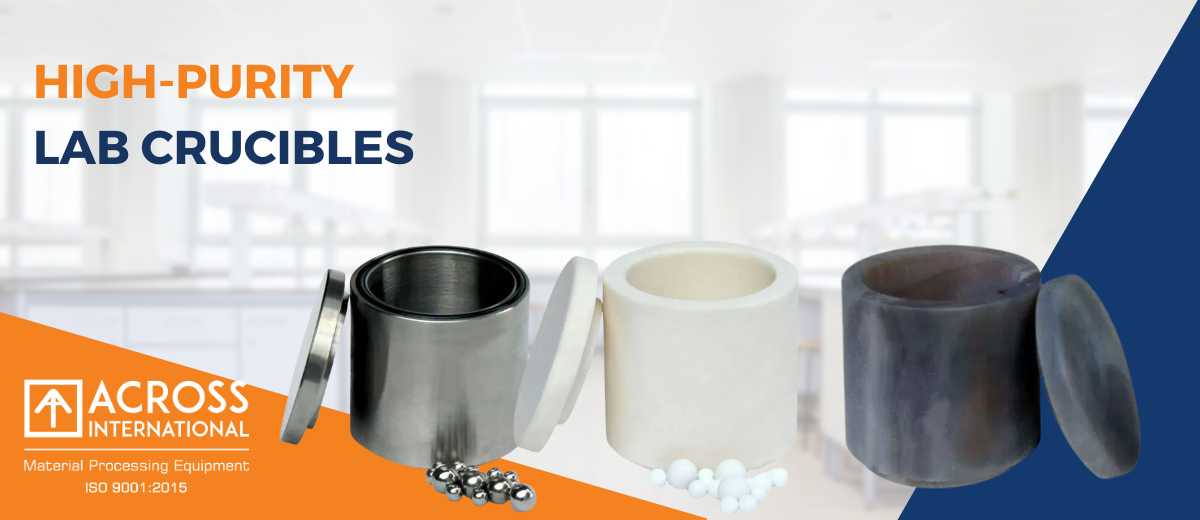
High-purity lab crucibles are essential tools in research and experimentation, as they are used to contain and handle materials at high temperatures and in harsh chemical environments. They are made from exceptionally pure materials, such as ceramics or metals, with minimal impurities. This purity ensures that the crucibles will not contaminate the materials they are holding, and that the results of experiments will be accurate.
High-purity lab crucibles are essential tools in research and experimentation, as they are used to contain and handle materials at high temperatures and in harsh chemical environments. They are made from exceptionally pure materials, such as ceramics or metals, with minimal impurities. This purity ensures that the crucibles will not contaminate the materials they are holding, and that the results of experiments will be accurate.
High purity lab crucibles
Here are some of the most common types of high-purity lab crucibles:
Alumina crucibles: These are the most common type of crucible, and they are made from aluminum oxide . Alumina crucibles are highly resistant to heat and chemicals, and they can be used at temperatures up to 1,800°C (3,272°F).
Quartz crucibles: High form Quartz crucibles (made with >99.99% high purity quartz) have excellent thermal shock resistance and are chemically inert to most elements and compounds, including virtually all acids, regardless of concentration, except hydrofluoric (HF) acid. Quartz crucibles can withstand high temperatures up to 1200 °C. Quartz crucibles are widely used for materials melting and chemical reactions in both materials science research and industry. These crucibles are made from silicon dioxide (SiO2), and they can be used at temperatures up to 1,450°C (2,642°F). Quartz crucibles are transparent, which makes them ideal for observing reactions inside the crucible.
Zirconia crucibles: These crucibles are made from zirconium dioxide (ZrO2), and they can be used at temperatures up to 2,500°C (4,532°F). Zirconia crucibles are very strong and resistant to thermal shock, making them ideal for high-temperature applications.
The choice of crucible material will depend on the specific needs of the experiment. For example, if you are working with a material that is highly reactive with alumina, you would need to use a different type of crucible, such as quartz or zirconia.
When choosing a high-purity lab crucible, it is important to consider the following factors:
The material of the crucible
The size and shape of the crucible
The temperature at which the crucible will be used
The chemical compatibility of the crucible with the materials it will be holding
With so many different types of high-purity lab crucibles available, you are sure to find one that meets your needs.


